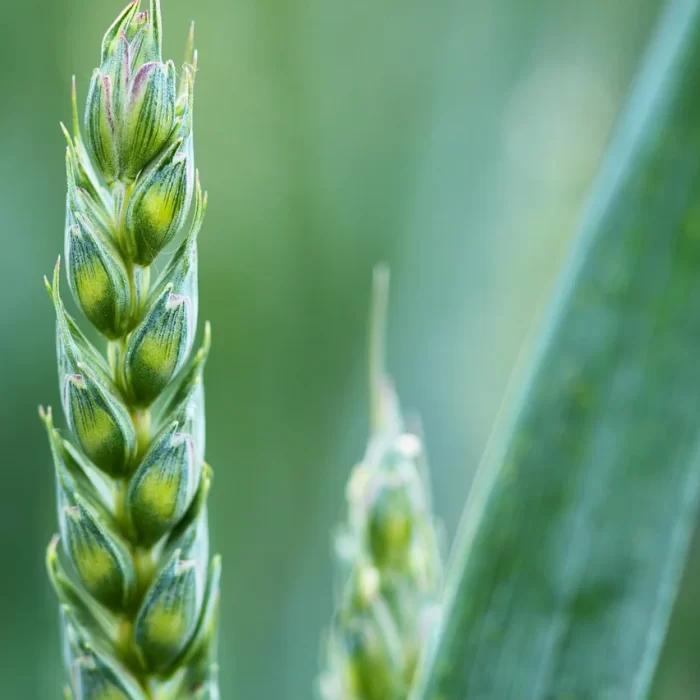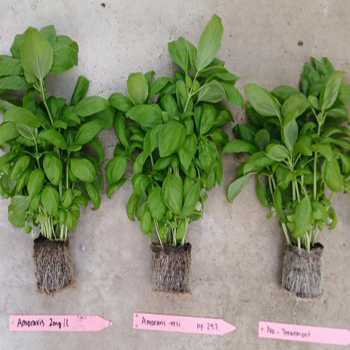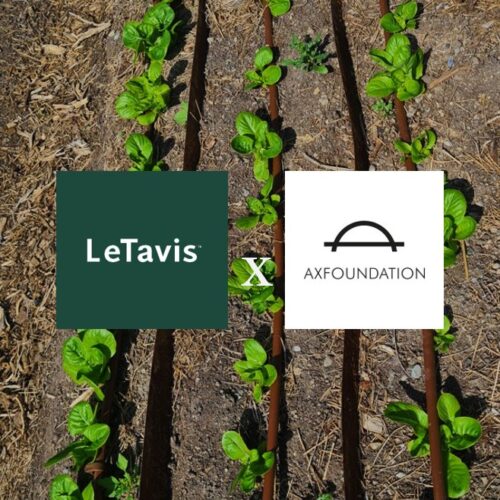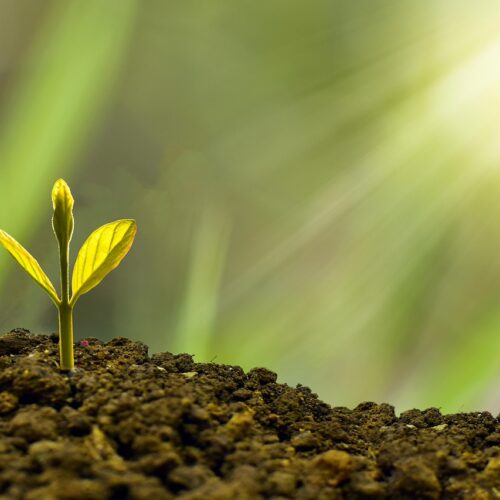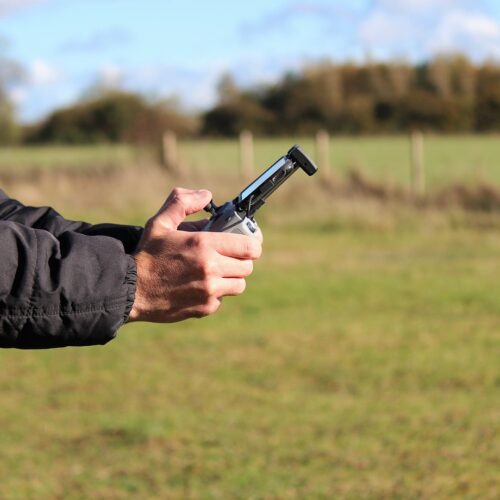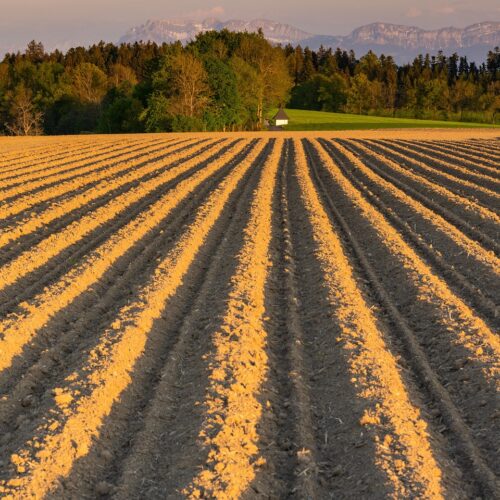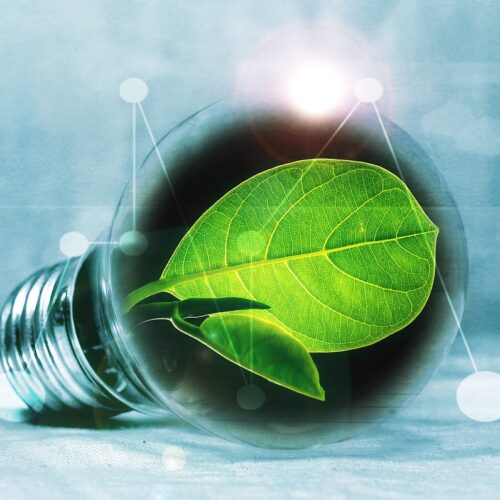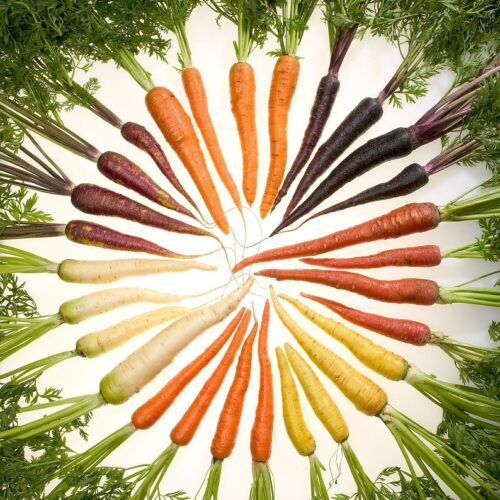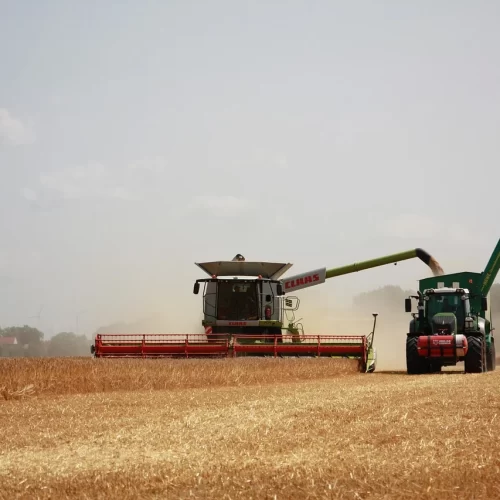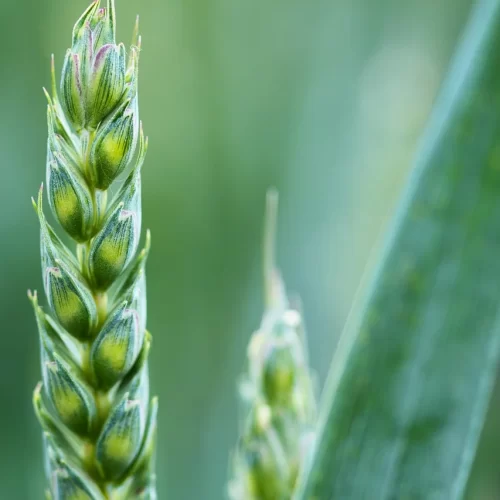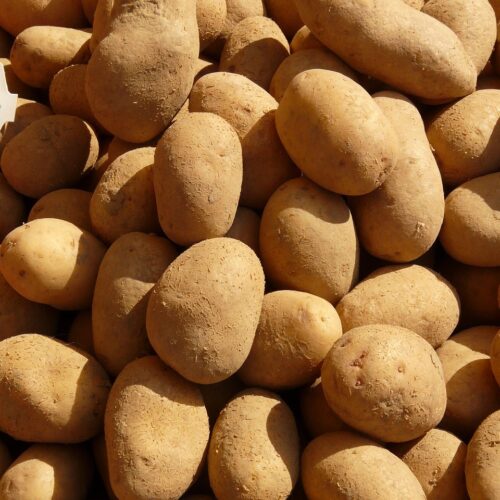AGRICULTURE IN 2030?
Agriculture 2030 – Uncertain Weather, Amoravis™, and the Role of Technology
What will Swedish agriculture look like in 2030? Many indicators suggest that we are entering a new era where biotechnology, sustainable farming practices, and smarter resource utilization will be crucial for securing food production. Climate change, extreme weather, and shifting market conditions place high demands on agriculture—but at the same time, new technologies and biological solutions, such as our products, open up vast opportunities.
Amoravis™ – The Future of Farming Needs Resilient Crops
With a changing climate, the need for crops that can withstand droughts, heavy rainfall, and fluctuating temperatures is increasing. Biotechnology plays a key role in developing effective and sustainable solutions to meet these challenges.
Biostimulants, like Amoravis™, are an essential part of this transition. They enhance plant resilience, improve nutrient absorption, and increase yield—all without requiring changes in farming methods or additional effort from farmers.
By using biostimulants, we can:
- Optimize nutrient uptake, making farming more resource-efficient.
- Strengthen root systems and improve soil health, making crops more resistant to extreme weather.
- Increase yields in a sustainable way, contributing to greater self-sufficiency.
These biological solutions are becoming increasingly important as we move toward a future where extreme weather conditions could impact harvests more than ever before (KSLA, 2019).
Extreme Weather and Climate Adaptation – A Key Issue for Swedish Agriculture
SMHI, along with many climate panels and NGOs, predicts that severe weather fluctuations such as droughts and heavy rainfall will become more frequent and unpredictable in the coming decades. The 2018 heatwave demonstrated how vulnerable Swedish agriculture is, as an extended period of heat and drought led to reduced harvests and rising food prices.
To address this, agriculture must adapt by:
- Biological solutions – biostimulants and crop breeding to develop more resilient plants.
- Improved water management – irrigation systems and soil care to counteract drought and erosion.
- Data-driven decisions – sensors and precision farming to optimize resource use.
Agriculture 2030 – Sustainable, Innovative, and Resilient
By 2030, Swedish agriculture will be better adapted to climate change, more self-sufficient, and more sustainable. Through biological innovations like Amoravis™, improved soil management, and smart farming strategies, we can ensure a stable food production system despite future challenges.
The future is not just a challenge—it is an opportunity. By combining biotechnology, sustainability, and knowledge, we can build a future-proof agricultural sector.
